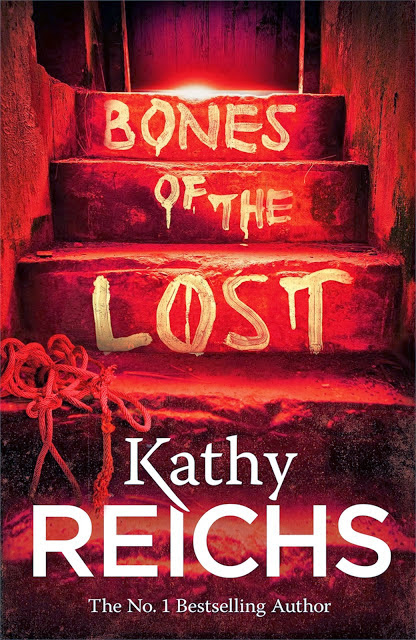 While not as fast-paced as some crime novels, Bones of the Lost will drag you into the story from the very first page and keep your attention to the very end.
While not as fast-paced as some crime novels, Bones of the Lost will drag you into the story from the very first page and keep your attention to the very end.
In this 16th novel to feature forensic anthropologist Temperance Brennan, what at first appears to be a standard hit- and-run case proves to be much more complicated than expected.
The body of a girl is found on a road in the middle of nowhere, and among her belongings is the identity card of a man who died in a flea market fire months earlier.
As Brennan tries to uncover what happened to the girl and who she was, she becomes involved in another case for US Customs, confirming that mummified remains confiscated from an importer are indeed those of dogs and not humans.
A strange combination of cases indeed, but is there a connection between the two?
With a story that stretches from the United States to Afghanistan to South America, this has plenty of plot twists and tricks wrapped up in a complex but compelling story that bubbles away with menacing undertones.
Normally I am the type of person to read the book first, then later be left disappointed by the big or small-screen rendering of the story, but with the Bones book and television series, I broke my usual pattern: I saw the TV show before I read my first book.
When I finally picked up my first Bones book about five years ago (Bones to Ashes), I struggled to get to the end and didn’t try another in the series for a couple of years. From memory, that one was Death du Jour, and finally something clicked: I was hooked.
Since then, I have read several of Kathy Reichs’ books and have enjoyed each more than the last. This one is no exception.
The author’s own background forms the basis of the Bones series: she is a forensic anthropologist herself and aside from her hugely successful career as a novelist, she is also a professor of anthropology, has published academic books for the forensic geeks, produces the TV show based on the books and still manages to find time to work as a forensic anthropologist.
It makes me exhausted just thinking about it.
Her experiences in that part of her career – from teaching the FBI how to find and recover human remains, to separating and identifying “commingled body parts” – give Reichs an insight that no other crime-writer has: she hasn’t simply studied how it’s done, she has lived it.
If you haven’t read any of the earlier books, this is a good a place to start as any.
My transformation into card-carrying Kathy Reichs fan was slow at times, with a hiccup or two at the start, but it’s safe to say I’m there now.
